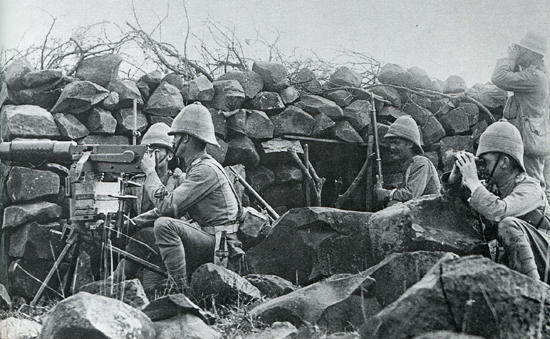Over the years of the Colonial Pattern Foreign Service Helmet there were many variations in style; by era, by construction material and by manufacturer. In the latter days of the 19th Century no style was more pronounced, nor more impractical than the so-called “smart” helmet. Continue reading
Category Archives: Boer War
A Study of the British Officer on Active Service in South Africa 1899 – 1902
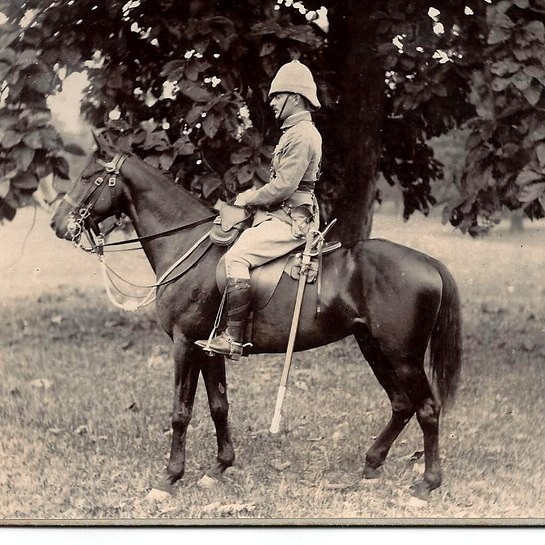
Mounted officer wearing khaki drill frock, Sam Browne belt rig, foreign service helmet and pantaloons tucked into Stohwasser gaiters. (Photo: James Holt collection)
Throughout the Twentieth Century, the world’s Super Powers have waged war against a sometimes seemingly invisible, highly mobile enemy. An enemy familiar with the lands he defends and what it takes to survive in them. France and later the United States struggled through Viet Nam and the former Soviet Union endured the hardships offered by Afghanistan. At the dawn of the Twentieth Century Britain ventured into South Africa. The campaign that followed was an omen of how war would be waged in the new century. A tree of terms we are all too familiar with now has roots embedded on the Veldt of South Africa… commando, guerilla war, trenches, machine gun, barbed wire, and sadly concentration camps.
British Army Spine Pads
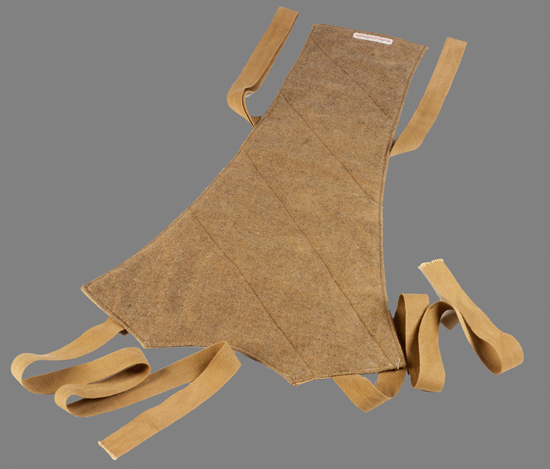
A First World War period British Army issue spine pad. The pad was worn to protect the wearer’s spine from intense heat that was thought to cause heatstroke. (Photo Imperial War Museum, author’s collection)
“The spine pad has become a dull museum piece, and it is probable that specimens are nowadays not easy to find. Yet to those living in tropical areas during the early part of the century and to those serving with the British Army in hot climates during the First World War, memories may be evoked of a piece of cloth of cotton, silk or wool, plain or quilted, several inches wide, attachable to the shirt or coat along the spine, and sometimes with a coloured lining. It is now difficult to accept that this mere piece of cloth could in any way protect from the effects of the sun. But the purpose of the spine pad was so closely linked with the development of ideas concerning body heat, fever and sunstroke, that one must be prepared to explore many early lines of thought for an understanding of its origin and its demise.” 1 So writes E.T. Renbourne , retired Major, Royal Army Medical Corps, in 1956. Continue reading
British Army Neck Curtains
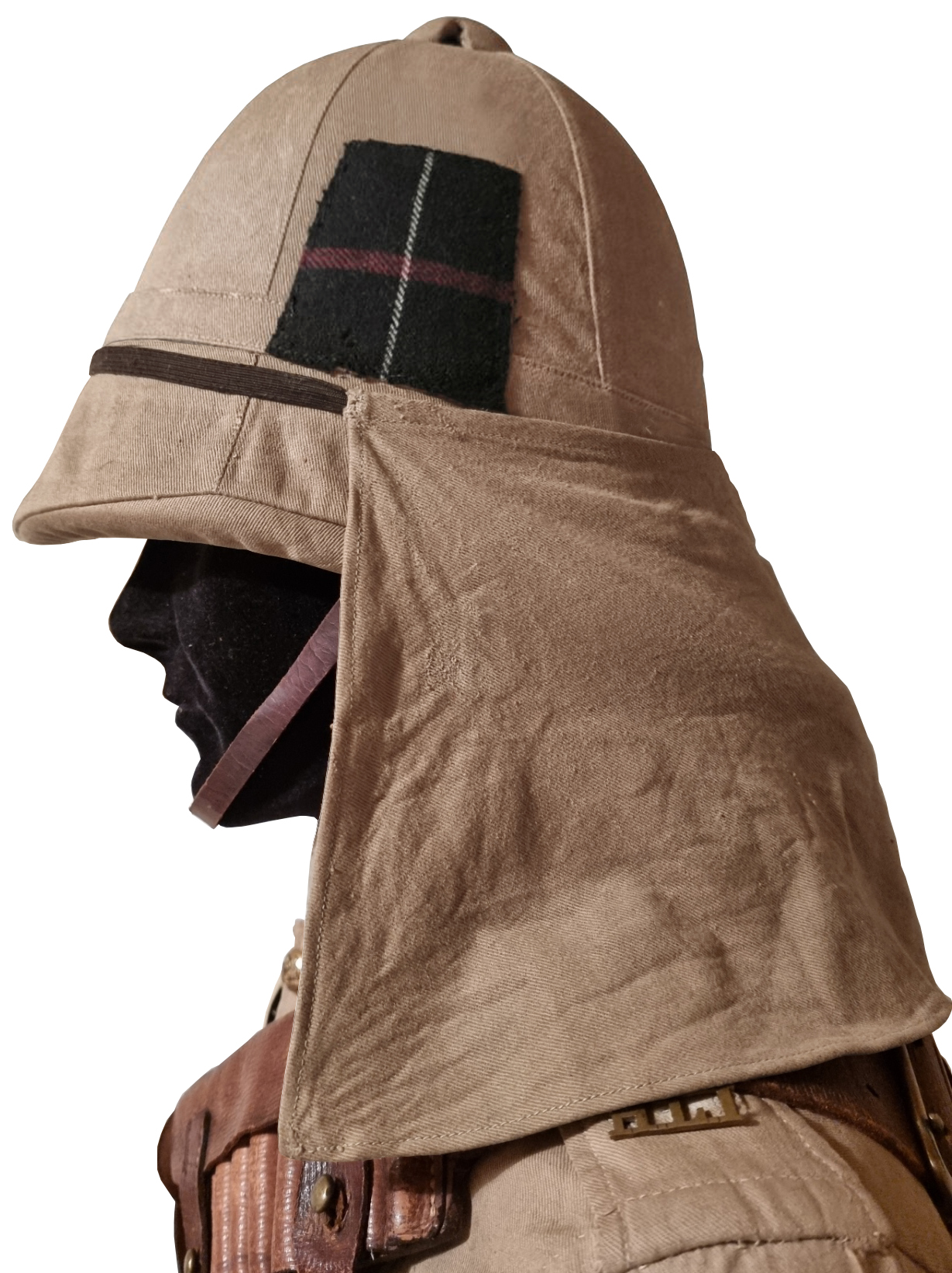
An interesting and rare example of an officer’s Colonial pattern Foreign Service Helmet showing the neck curtain secured by an elastic strap. (Photo courtesy Benny Bough)
“From the earliest times fear of the sun’s rays must have sometimes urged the soldier or traveler to wear down the back of the neck a white handkerchief or handy piece of cloth. The official introduction of a neck curtain, however, appears due to Sir Henry Hardinge, who, in 1842, prior to leaving for India as Viceroy, ordered white cap covers for tropical use, to which was added some time later a white neck curtain.” 1,2
Paget’s Horse in the Boer War
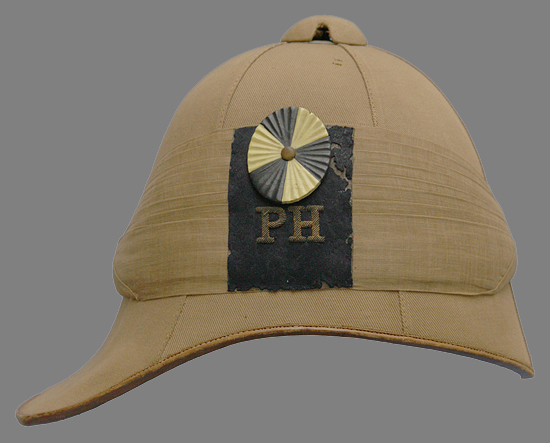
A colonial pattern helmet of Paget’s Horse showing one version of the helmet flash (Author’s collection)
Paget’s Horse was an elite unit whose four companies (51st, 52nd, 68th and 73rd) 1 made up the 19th Battalion Imperial Yeomanry. “They were public school-educated men recruited through advertisements in gentlemen’s clubs. Continue reading

